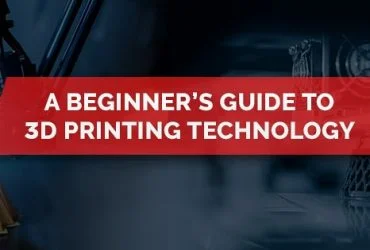Essential Qualities Every 3D Rendering Artist Must Master
Let’s face it—working in 3D rendering isn’t just about making things look realistic and cool. It’s about transforming abstract concepts into breathtaking, tangible visuals. Whether you're building fantastical game worlds or designing sleek architectural walkthroughs, the demand in this field is soaring.
To truly succeed, a 3D rendering artist needs more than just flashy tools and creativity; they need certain skills and qualities to stand out.
Required skills for a 3D rendering artist
-
Artistic Ability
At the core of every 3D artist lies a strong sense of design, color theory, and spatial awareness. An eye for aesthetics enables them to make visuals that not only look good but also communicate effectively.
-
Technical Proficiency
Modern 3D design creation depends heavily on tech. Familiarity with rendering technology, shaders, scripting, and performance optimization is non-negotiable. Artists must also keep pace with evolving tools and plugins to stay ahead. For example, some of the most important rendering software at a 3D rendering artist’s disposal are Blender, Maya, 3ds Max, ZBrush, Cinema 4D, Substance Painter, and the Unity and Unreal engines.
-
All-Round Proficiency
Like most other creative professionals, one of the best qualities a 3D rendering artist can have is all-round proficiency. It means that they should be able to handle diverse project requirements without having to rely on specialists for things like 3D modeling, texturing or animation.
-
Problem-Solving
Things often don’t go as planned in 3D work. Whether it’s an animation glitch or a texture that doesn’t align, the ability to troubleshoot issues creatively is invaluable.
-
Attention to Detail
From the texture on a coffee mug to the light bounce in a dim hallway, every small detail contributes to the illusion of reality. Great artists never overlook the minutiae.
-
Collaboration
3D projects are rarely solo efforts. Artists must work with animators, directors, developers, and producers. Good communication and adaptability are essential to sync with a team’s vision.
Qualities of 3D Rendering Artists
-
Patience
Rendering is a time-consuming process. Iterating on lighting, materials, and settings can take hours or even days. A good artist knows how to persist through long rendering times and tweaking cycles.
-
Architectural/Design knowledge
For rendering in some specializations (like architectural rendering), you absolutely must have a strong foundation in design principles and an understanding of different lighting techniques.
-
Creative Problem-Solving
Constraints like limited resources or tight deadlines demand out-of-the-box thinking. Artists often need to find efficient ways to achieve high-quality results without compromising performance.
-
A Keen Sense of Composition
Knowing where to place elements within the frame can turn a good render into a great one. Artists use rules like the golden ratio, leading lines, and symmetry to guide viewers' eyes and create balance.
-
Knowledge of Post-Processing
Being proficient in tools like Photoshop or After Effects adds polish to renders. Enhancements like bloom, lens flares, and depth of field can be applied in post-production to improve visual quality.
-
Efficiency with Rendering Settings
Experimenting with resolution, anti-aliasing, sampling rates, and ray-tracing options in real-time rendering environments allows for optimized results. Balancing quality and performance is a learned skill.
-
Constant Learning
The digital art world evolves rapidly. Whether it's mastering a new plugin or experimenting with AR technology and VR technology, staying updated is critical. The best artists are always learning.
Conclusion
Being a 3D rendering artist requires more than technical proficiency—it demands a blend of creativity, discipline, and adaptability. As industries continue to embrace immersive digital experiences, those who invest in continuous learning and refining their craft will stand out. By cultivating a strong artistic vision and mastering ever-evolving tools and workflows, you position yourself not just to meet industry expectations but to set new standards in visual storytelling



